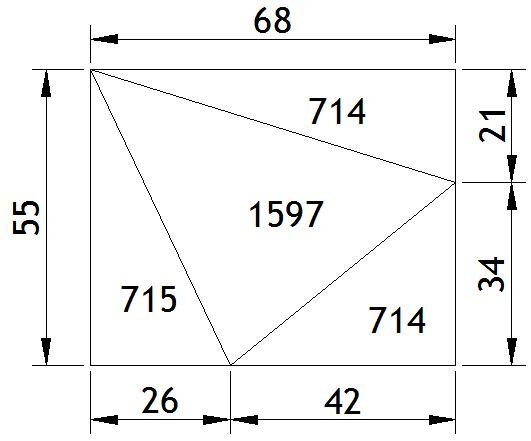Call the four numbers we are looking for, in ascending order, a, b, c and d. We know they are strictly ascending because if any were the same, some of the product pairs would be the same too.
ab must be the lowest product 6.
The second lowest product has to be ac = 8.
cd must be the highest product 32.
The second highest product has to be bd = 24.
However for the other two products we have a choice. In the original quartet of 2,3,4 and 8, ad = 16 and bc = 12. If we now assign those products the other way round we should end up with a different quartet of numbers. So:
ab=6
ac=8
ad=12
bc=16
bd=24
cd=32
If we multiply ab by ac and then divide by bc we will have a^2 = 3. Therefore a = sqrt(3) = 1.732
We can easily work out the others now:
b = 6/sqrt(3) = (2)sqrt(3) = 3.464
c = 8/sqrt(3) = (8/3)sqrt(3) = 4.619
d = 12/sqrt(3) = (4)sqrt(3) = 6.928
The sum of this quartet is 16.743, so is indeed less than the 17 total of the original quartet.












